7 Amazing Facts About Uranus
 |
| Photo: factretriever.com |
| Contents |
If you read these seven facts about the ice giant, at least one of them will come as a shock to you.
Uranus, the enormous planet made of gas (and ice), is a fascinating location to explore. Uranus, the seventh planet from our Sun, is one of the least dense objects in our Solar System while being the third largest in size and the fourth largest in mass. Also, unlike every other planet in the Solar System, its name originates in Greek mythology rather than Roman.
1. Uranus is the coldest planet in the Solar System
 |
| Photo: starsplanetsmoon.com |
Seventh planet from the Sun, Uranus orbits at a distance of 2.88 billion kilometers. However, it is still a lot closer than Neptune, which is on average 4.5 billion kilometers from the Sun. This does not, however, change the fact that Uranus is colder than Neptune. The latter had temperatures that ranged from a low of 55 K (-218 °C/-360 °F) to an average of 72 K (-201 °C/-330 °F).
On the other hand, Uranus' cloud top temperatures, which are considered to be the "surface temperature" for gas giants, range from 47 K (-226 °C/-375 °F) to an average of 76 K (-197.2 °C/-323 °F). This is because Uranus emits less heat than it takes in from the Sun, in contrast to the other large planets in the Solar System. While the cores of the other large planets are extremely hot and emit infrared radiation, Uranus' core cooled down to the point where it emits little energy.
2. Uranus was officially discovered by Sir William Herschel in 1781.
It is too dark for the ancients to have seen it. Herschel initially believed it to be a comet, but several years later it was determined to be a planet. Herschel attempted to have the name "Georgian Sidus" given to his find in honor of George III. Astronomer Johann Bode proposed the name Uranus. The name is derived from the god Ouranos of classical Greece.
3. It rains diamonds in Uranus
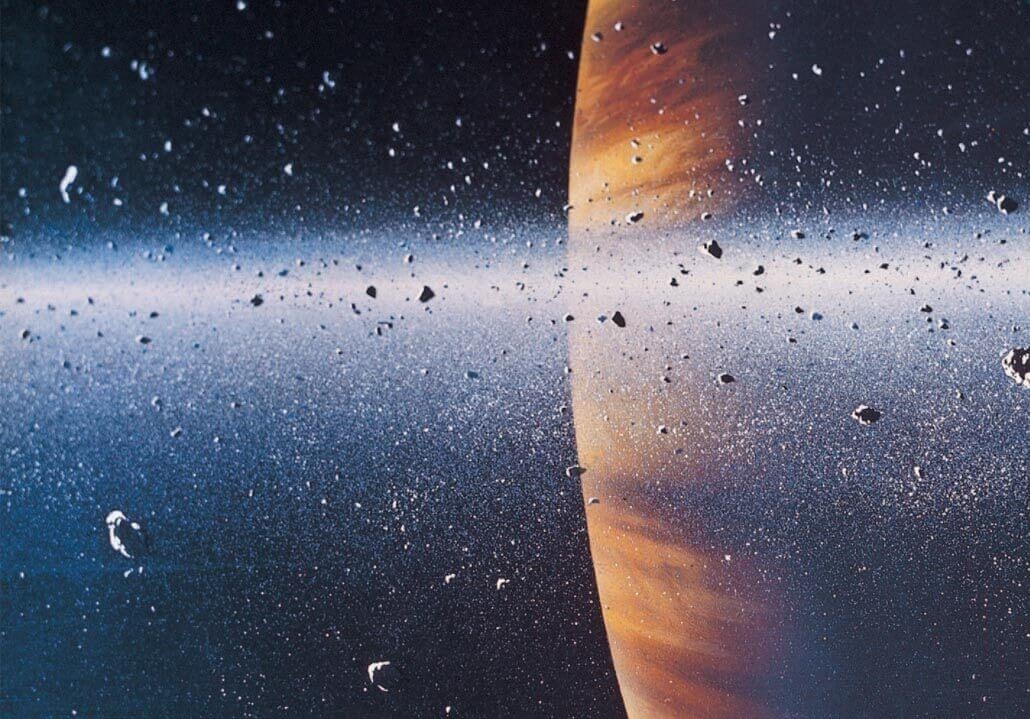 |
| Photo: edtimes.in |
The abundance of methane in Uranus' atmosphere degrades due to the planet's constant pressure. Diamond crystals are formed when the resulting carbon atoms condense and rain through the planet's mantle like hailstones. The same thing occurs on Jupiter, Saturn, and Neptune due to their similar conditions.
The mantle of Uranus may contain an ocean of liquid diamond, with solid "diamond-bergs" floating around instead of icebergs, according to an interesting theory put forth by scientists. What a fascinating fact about Uranus.
4. A Season on Uranus lasts one long day – 42 years
On Uranus, a sidereal day lasts only about 17 hours—the amount of time needed for the planet to complete one oration around its axis. But because of Uranus' extreme tilt, one of its poles is typically pointed toward the Sun. This indicates that a day on Uranus' north pole lasts 84 Earth years, or half of a Uranian year.
So, if you were to stand on Uranus' north pole, you would see the sunrise and circle the planet for 42 years. The Sun would finally set below the horizon by the time this protracted, long "summer" was over. The next period would consist of 42 years of total darkness, or one Uranian "winter" season.
5. Uranus is the only planet that takes its name from Greek mythology
 |
| Photo: worldatlas.com |
All the other planets are named after characters from Roman mythology, but Uranus' name comes from Greek mythology. The Greek god of the sky and the planet's namesake, Ouranos, inspired the name of the planet. Both Cronus, the Greek name for Saturn, and Zeus, the name for Jupiter in the language of the Greeks, are descended from Ouranos, or Uranus.
The adjective "Uranian," which refers to something connected to the planet, is the adjectival form of Uranus. Astronomers prefer to pronounce "Uranus" with a short "a" sound and emphasis on the first syllable.
6. Uranus has rings
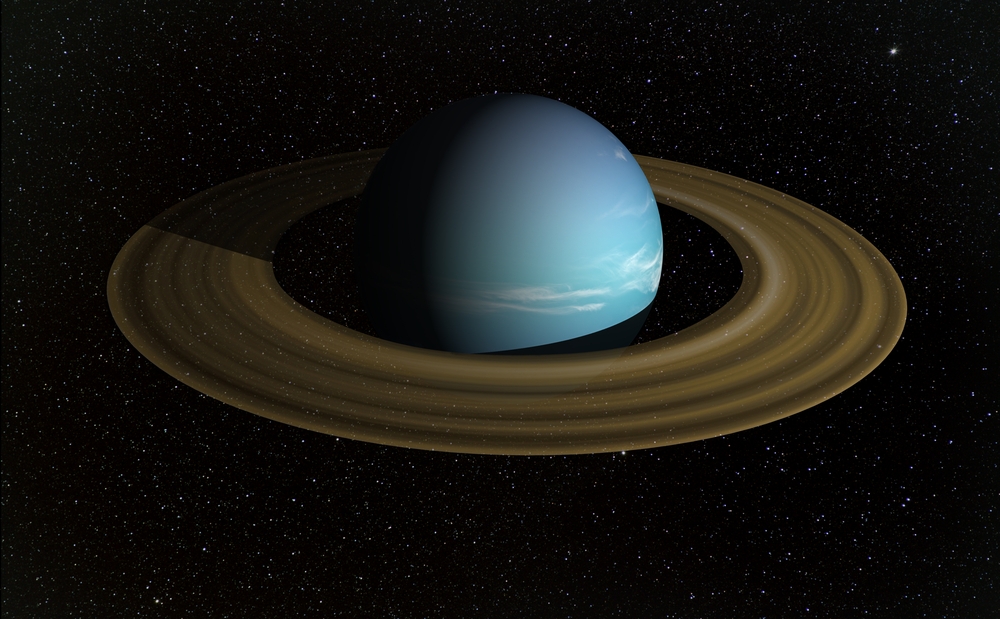 |
| Photo: worldatlas.com |
The most well-known ring system is that of Saturn. They are not only vibrant and extensive, but also very visible. They were easily visible with only a backyard telescope. But in reality, each of the gas and ice giants has its own distinctive ring system, with Uranus' being the second most striking set in the Solar System.
These rings are not nearly as distinct as Saturn's because they are made of extremely dark particles that range in size from micrometers to a fraction of a meter. Currently, thirteen different rings are recognized, with the epsilon ring being the brightest. And the width of these rings, with the exception of two very narrow ones, is typically a few kilometers.
It is thought that the rings are quite young and did not form along with Uranus. The material in the rings may have once been a piece of a moon (or moons) that were broken apart by incredibly fast collisions. Only a few particles survived from the large amount of debris that was created as a result of those impacts, and they were located in stable zones that matched the locations of the current rings.
7. Uranus has 27 moons
 |
| Photo: Wikipedia |
Each of the large planets, including Uranus, has a number of moons. There are currently 27 natural satellites known to exist, according to astronomers. These moons are typically small and erratic, though. Even if you added up all of their masses, Triton, Neptune's largest moon, would still have a mass that is less than half that. While Triton is thought to have been captured, the larger moons of Uranus are all thought to have formed from an accretion disk that surrounded the planet.
The biggest moons of Uranus are Titania, Miranda, Ariel, Umbriel, and Miranda in order of size. Miranda's diameter and mass are 472 km and 6.7 1019 kg, while Titania's are 1578 km and 3.5 1021 kg. These moons all have low bonds and geometric albedos, making them all particularly dark. While Umbriel is the darkest, Ariel is the brightest.
How did Uranus get its name?
Due to its enormous diameter, the planet Uranus, one of the gas giants, is the third largest and fourth in mass in our solar system. The father of the Roman god, Saturn, is where Uranus derives its name. William Herschel, an astronomer, was attempting to chart the stars when he thought he discovered a disk-shaped object that resembled a comet. In actuality, he discovered Uranus, and as a result, his discovery is regarded as the first in what is referred to as "modern history."
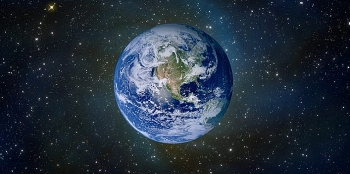 Top 7 Amazing Facts about the Earth we're living in! Top 7 Amazing Facts about the Earth we're living in! Planet Earth? That shiny blue marble that has fascinated humanity since they first began to walk across its surface. And over the course of the ... |
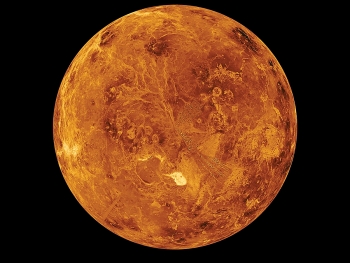 Facts about Venus: Top interesting Things Facts about Venus: Top interesting Things Venus is the second planet from the Sun. Venus is sometimes referred to as the Earth’s sister planet due to their similar size and mass. ... |
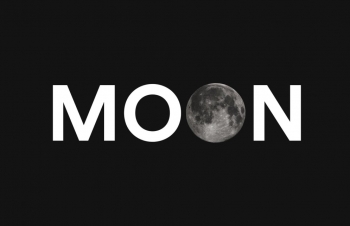 Facts about the MOON: Top 12 Interesting Things Facts about the MOON: Top 12 Interesting Things At a distance of 384,400 km from the Earth, the Moon is our closest celestial neighbour and only natural satellite. Like the Earth itself, the ... |
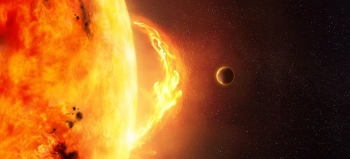 Facts About The Sun: Top 12 Interesting Things Facts About The Sun: Top 12 Interesting Things Think you know everything there is to know about the Sun? Think again. Here are 12 interesting facts about the Sun, collected in no particular ... |
 Top Interesting Facts about Denmark Top Interesting Facts about Denmark From historical nuggets to modern culture, Denmark provides a lot of fascinating general knowledge. If you are into this beautiful country, stay tuned because KnowInsider ... |


























